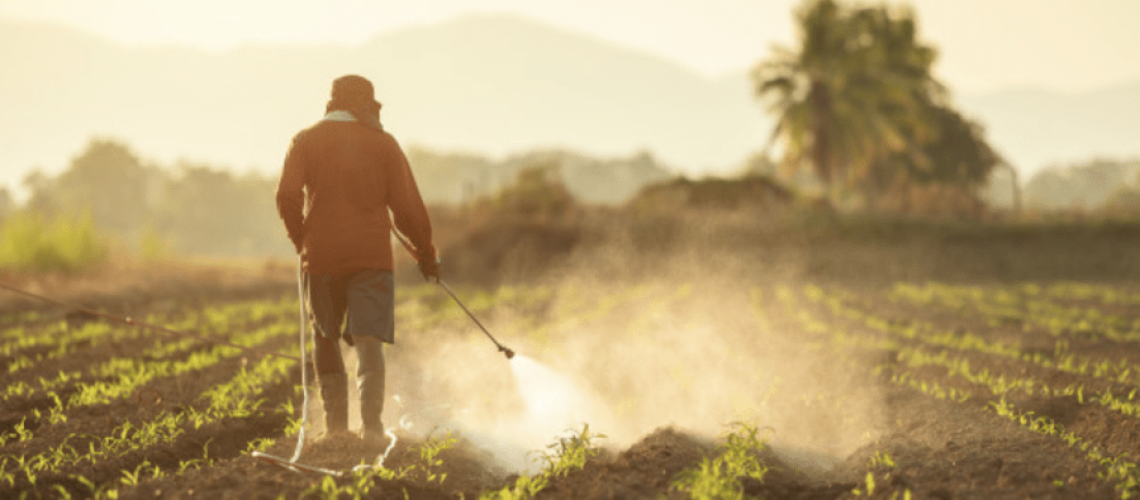The unprecedented public health crisis in the form of a pandemic has tested human stamina like never before. The lockdown to contain its spread caused an immediate panic reaction and people started buying more food items than usual. They were bracing for an unknown and food is a basic necessity.
India’s long history of famines have made people circumspect, making them take serious note of availability of food. When applied at a macro level – country or region – food security is a significant factor for a healthy life today and development of tomorrow. The term food security is used as a keyword in the policy discussions. However, a look at the figures gathered and presented by agencies such as the UN show that even in the 21 st century, India is home to one-fourth of hungry people of the
world. Nearly 4 out of 10 children in India do not meet their full human potential due to chronic undernutrition or stunting that results in reduced learning capacity, poor school performance, reduced earnings and increased risks of chronic diseases. In women, the impacts are multi-generational as malnourished girls and women often give birth to low birth-weight infants.
Apart from hunger, another phenomenon, termed hidden hunger, is prevalent in India. It refers to a situation of chronic micronutrient deficiency, where a person might have access to sufficient calories, but lacks adequate micronutrients and can have lasting effects on health and wellbeing, especially for children. Poor nutrition and nutritional imbalances are associated with increased risk of getting COVID infection. According to a Government of India report, over the last 20 years, India’s total food grain production has increased from 198 million tonnes to 269 million tonnes. Wheat and rice are the staple foods and constitute around 75 per cent of the total food grain production. The state of Uttar Pradesh leads in the production of wheat, cereals and food grains, closely followed by Punjab and Madhya Pradesh. West Bengal is the ‘rice bowl’ of India, followed by Uttar Pradesh, Punjab and Bihar. It states that the per capita net availability of food grains has increased from 475 to 484 gm/day in 2018, indicating there is no shortage, at least production wise. Although there has been a huge increase in production of rice, wheat and other cereals, their per capita net availability has not increased at the same level, due to population growth, food wastage and losses.
What are Indians eating and how much?
If Engel’s law is to be believed, when other factors remain constant, the share of income spent on food decreases with a rise in income. A higher share of total monthly expenditure for food shows lower purchasing power and may indicate a problem in food access. Hence, to say it is a relative measure of food insecurity will not be wrong. On an average, people allocate about 49 per cent of their monthly expenditure on food in rural areas and 39 per cent in urban areas. The share of food expenditure is
1. https://in.one.un.org/un-priority-areas-in-india/nutrition-and-food-security/
2 .http://mospi.nic.in/sites/default/files/publication_reports/document%281%29
Highest among the poorest who spend at least 30 per cent of their income for food: In rural and urban areas, the poorest 30 per cent spend as much as 60 per cent and 55 per cent of their income respectively, on food. Among the lowest 30 per cent of the income class, the average per capita consumption of energy in rural areas is 1811 kcal/day, far lower than 2,155 kcal/day, as prescribed by the Indian Council of Medical Research (ICMR). They are consuming a protein quantity of 47.5 grams/day as compared to the 48 grams/day norm. In urban areas, per capita intake of energy is 1,745 kcal/day against 2,090/day norm of the ICMR. The protein consumption is 47 grams/day compared to the norm of 50 grams/day. The current intake level of nutrients such as energy and protein were lower than the all-India average and the daily minimum consumption requirement.
It is important to ensure that people are able to access what they need. That may necessitate ensuring steady income to plug the gap in the food supply mechanisms. But that will also necessitate ensuring there is enough food for all, which can be attained with better protection of crops from insects,weeds and diseases and changing climate as well as increasing produce of those crops that are being consumed more today. Plants account for a whopping 80 per cent of human diet but according to FAO, pests and
diseases are responsible for losses of 20 to 40 per cent of global food production. Anything that threatens the growth of plants and crops will end up threatening our overall food security and nutrition goals.
India’s overarching scheme for holistic nutrition, titled National Nutrition Mission or POSHAN Abhiyaan, has been a timely intervention to improve nutritional outcomes for children, pregnant women and lactating mothers. However, it is important to ensure holistic wellbeing to every Indian. It is time that India makes the best use of its increased agricultural productivity so that food security becomes a reality to help its people beat not only COVID but malnutrition and diseases.

